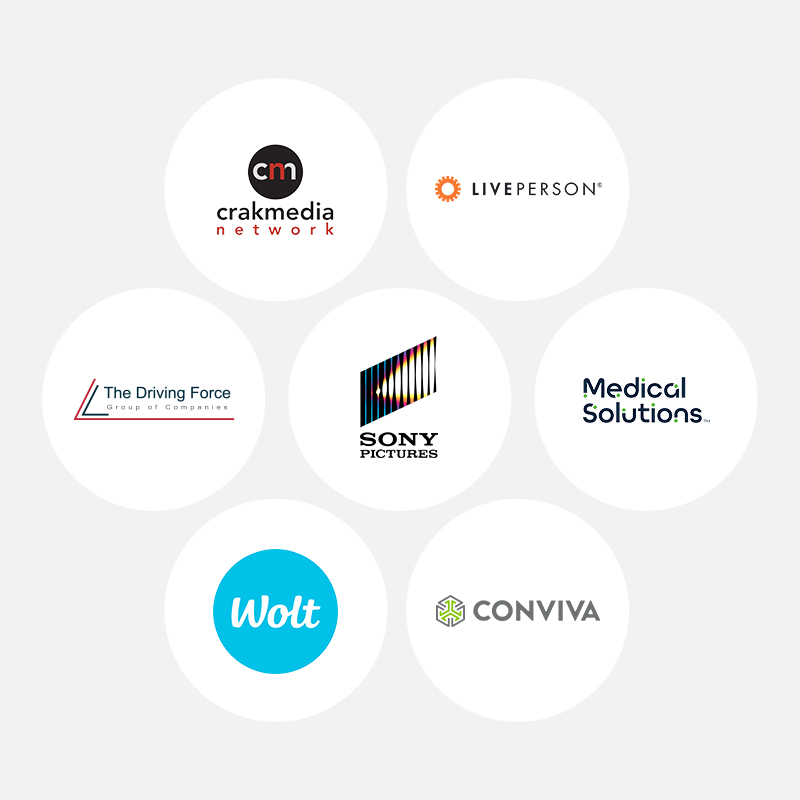When businesses first shifted to remote work during the pandemic, the limitations of legacy management systems were quickly revealed. The regular face-to-face meetings that so many people relied on to stay connected to their teams were no longer possible.
Companies responded to this new reality in a variety of different ways. Some focused on finding ways to monitor employee activities — even going so far as to implement surveillance.
Other organizations went the other direction, shifting to a paradigm in which they focused on the outcome and impact of people’s work, not how many hours they spent in the office or sitting at their computer.
This model, often called results-based management, requires managers to provide clear performance outcomes (or results) that employees must achieve.
By measuring success based on results, employees are empowered to work however they want, as long as they achieve their performance goals. Here’s how to implement a results-based management system at your company.
What Is a Results-Only Work Environment?
If you want to effectively manage your workforce based on results, you need a framework.
Perhaps the best known is ROWE (results-only work environment), which was devised by Jody Thompson and Cali Ressler, who also wrote two books about it.
A results-only work environment is an HR management strategy that evaluates performance exclusively on outcomes achieved, not arbitrary factors like clock-in time or hours worked.
This strategy aims to empower employees to be 100% autonomous and 100% accountable for their work. But a ROWE strategy isn’t the same thing as flexible work. Flexible work assumes that there are still standards regarding when and where work occurs. In a ROWE strategy, hours and location only matter if they’re tied to the employee’s ability to achieve their results.
Define Success for Each Role
When managing performance by outcomes, you must begin by defining what each employee is expected to produce. The key to implementing a ROWE strategy successfully is being very clear about what constitutes high performance for each role.
Start by defining key objectives for each role. These objectives should be tied to the larger business strategy. What specific outcomes or results are essential to successfully performing each role?
Define metrics of productivity, service, and quality that indicate successful performance. Each of these metrics should be weighted differently depending on the role itself. In a customer-facing call center, for instance, the quality of calls and customer satisfaction rates should be weighted higher than the employee’s productivity or volume of calls.
The metrics you set need to be actual indicators of success, not arbitrary measures like hours worked. An employee’s punch card only tells you when they were on the premises or in front of their computer. It doesn’t reveal anything about their productivity, service, or quality of their work.
Foster Accountability with Clear Expectations
Employees can’t be 100% accountable and autonomous if they don’t know their expected performance outcomes. Once you’ve identified specific outcomes indicating high performance, you must communicate those outcomes clearly to all parties. The entire system falls apart if HR, managers, and employees aren’t fully aligned on the expected results and outcomes.
Factors that we’ve traditionally associated with accountability (such as when, where, or how often work occurs) are only relevant if they directly affect performance outcomes. For a remote call center representative, for example, where they work doesn’t matter (as long as they have the equipment they need). But when they work matters because it’s a function of their performance. The call center needs certain hours covered, and employees with set schedules provide that coverage.
Similarly, for jobs that require scheduled in-person shifts (such as front-line roles in retail, hospitality and foodservice), attendance and clock-in time are measurable outcomes denoting performance.
Train Managers to Manage Work, Not People
Traditional management practices tend to result in heavy accountability and low autonomy for employees. Managers monitor employee actions (such as hours required in the office), at the expense of their autonomy to identify how they work best.
Such monitoring prevents the employee from finding their optimal work habits and wastes the manager’s time. Because these factors have no real impact on performance, managers provide no value in enforcing them.
Rather than micromanaging when, where, and how employees work, managers should communicate expectations and coach employees to drive business results themselves. Managers should set specific parameters (like production targets and deadlines), and then have productive, work-focused conversations with employees to help manage the workload.
As results-focused coaches, managers help identify roadblocks to success. It’s the manager’s role to facilitate the right balance of accountability and autonomy for each of their reports.
Let the Work Drive Daily Processes
Keep your processes focused on supporting your big-picture business strategy. Identify the customer-centric business results your organization must achieve, and work backward from there to develop techniques that drive those results.
When your primary focus is on achieving work outcomes, it’s easier to gain clarity around processes. Performance management shifts to performance enablement, where managers monitor workloads to enable employees to achieve their outcomes. Instead of micromanaging employee timesheets, managers assume the responsibility of assessing performance based on agreed-upon metrics.
Communication processes are more productive, too, because they’re driven by the work. During the COVID-19 pandemic, many managers have set arbitrary communication rules (like requiring employees to be on camera for daily meetings) even though these requirements didn’t have an impact on performance outcomes. Instead of worrying about who’s turned on their cameras for meetings and who hasn’t, communication in a results-only work environment focuses on lifting roadblocks and facilitating results.
In a results-only work environment, it’s easy to see what matters. Quality and productivity supersede legacy measures like hours worked or time spent on a project. All that really matters is the quality of the final results. When organizations focus on what matters most, employees become empowered to drive business results.








